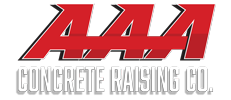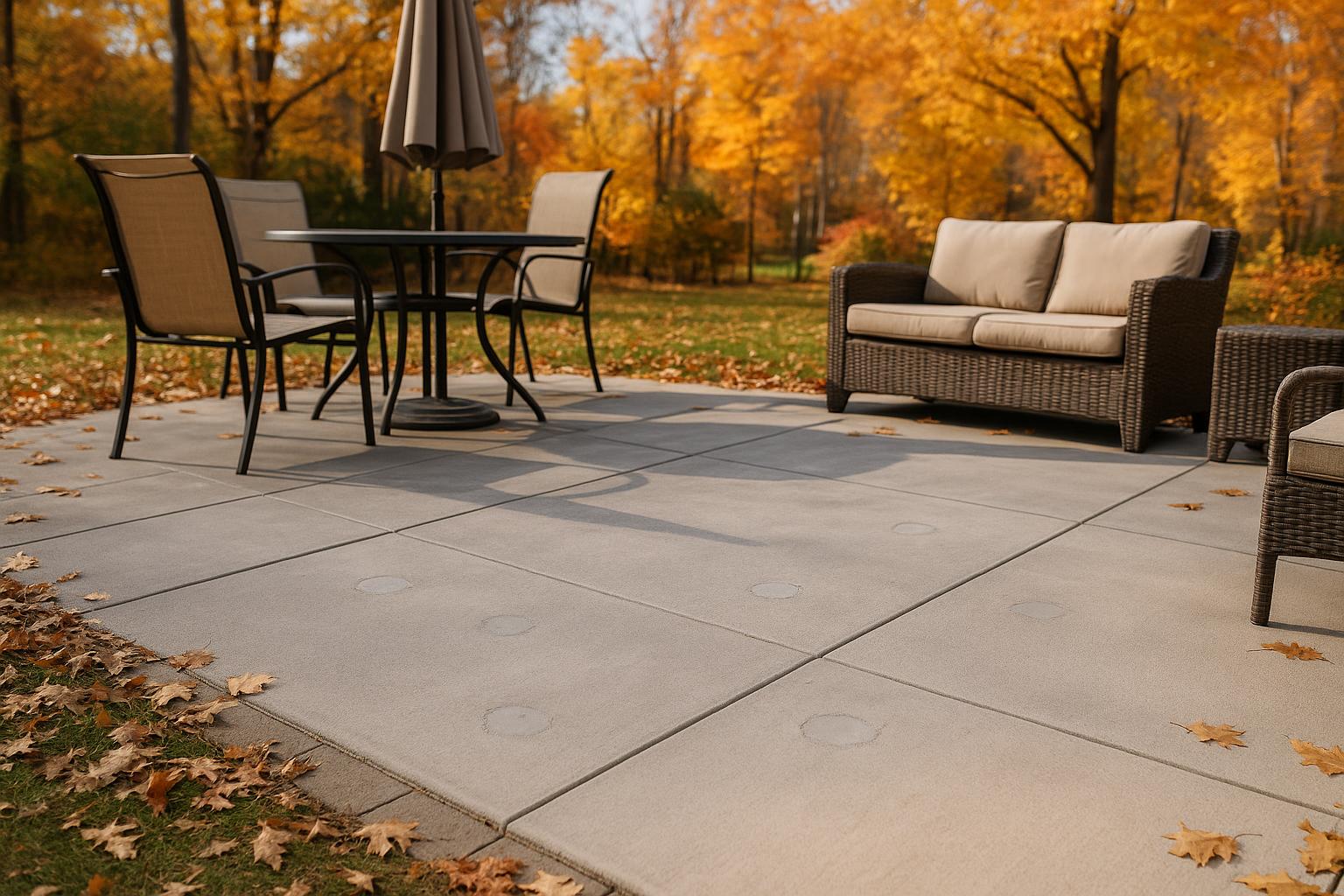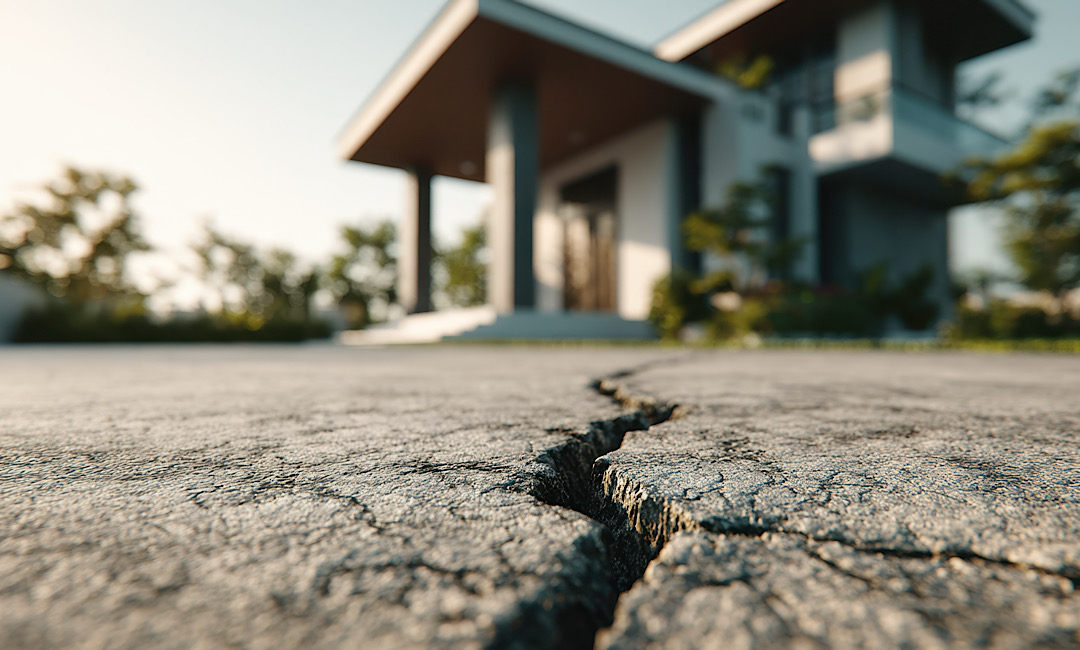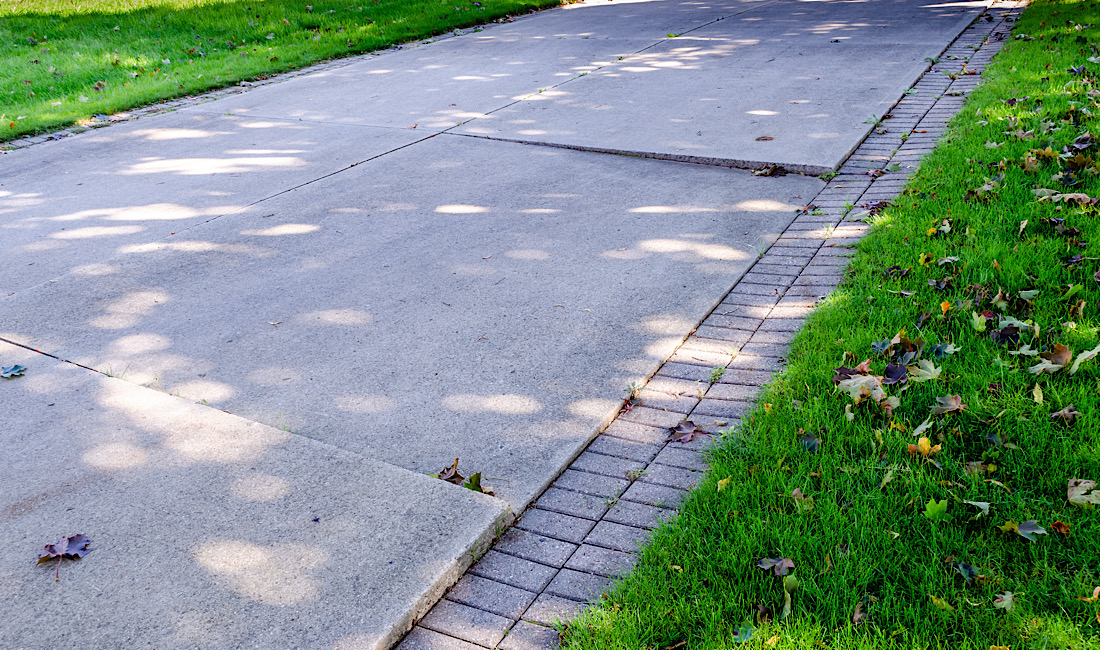As the year ends, taking care of your concrete surfaces is essential to protect them from the harsh winter weather and ensure they remain in good condition. In Denver, where winter can be particularly tough on concrete, following a proper maintenance routine will help you avoid costly repairs and prolong the lifespan of your driveway, sidewalks, patio, and other concrete surfaces. This checklist will help you address potential issues and prepare your concrete for the new year.
Inspect for Cracks and Damage
Start by inspecting all concrete surfaces for cracks, chips, and signs of wear. Even small cracks can worsen over time, especially with Denver’s freeze-thaw cycles. Water can seep into the cracks, freeze, and expand, causing them to widen and lead to more extensive damage.
Check your driveways, patios, walkways, and sidewalks for any signs of cracking or surface damage.
Focus on areas near expansion joints or where the concrete meets other materials, as these spots are prone to movement and cracking.
Use a flashlight to examine areas that may not receive much sunlight, where hidden cracks could form unnoticed.
Identifying and repairing cracks early on can prevent further deterioration during the winter months, when freeze-thaw cycles can exacerbate the damage.
Clean and Clear Debris
Before winter sets in, it’s crucial to clean your concrete surfaces and remove any debris that could retain moisture or cause surface damage. Debris like leaves, dirt, and even snow-melting chemicals can accumulate, leading to staining or erosion over time.
Sweep or use a leaf blower to remove dirt, leaves, and debris from driveways, sidewalks, and patios.
Pressure wash the concrete to eliminate stains, grime, and chemical residues, especially in high-traffic areas.
For stubborn stains, consider using a concrete-safe cleaner to remove oil or grease spots without damaging the surface.
Keeping your concrete clean and debris-free not only helps protect the surface but also ensures safer, slip-free conditions during winter.
Check Drainage and Water Flow
Water is one of the biggest threats to concrete, especially during Denver’s winter season. Poor drainage can cause water to pool on your concrete, increasing the risk of cracks and surface damage when it freezes. Ensuring proper drainage is essential to protect your surfaces.
Look for signs of standing water or poor drainage on your driveways, patios, and walkways after rain or snow. Pooling water can indicate that drainage needs improvement.
Check that your gutters and downspouts are directing water away from concrete surfaces. If necessary, adjust downspouts to ensure proper water flow.
Evaluate the surrounding landscape to ensure the soil slopes away from the concrete. Poor grading can cause water to flow toward your concrete, leading to erosion and cracks.
Addressing any drainage problems before winter hits helps prevent water from entering the concrete and causing freeze-thaw damage.
Seal Your Concrete
Sealing your concrete surfaces before winter is one of the most effective ways to protect them from moisture, freeze-thaw cycles, and the wear and tear of winter weather. A high-quality sealer provides a protective barrier that helps prevent water from seeping into the concrete, reducing the risk of cracking and prolonging the lifespan of the surface.
Apply a penetrating concrete sealer designed to protect against moisture. Penetrating sealers are ideal because they bond with the concrete, providing long-term protection.
For high-traffic areas like driveways and sidewalks, choose a durable, commercial-grade sealer.
Use a concrete caulk or crack filler to seal any cracks or joints before applying the sealer. This prevents water from entering small cracks and causing more damage when it freezes.
It’s important to apply a sealer in dry conditions with temperatures above 50°F, so plan this task before winter temperatures drop too low.
Remove Snow and Ice Properly
Once snow begins to accumulate, it’s important to remove it in a way that doesn’t damage your concrete surfaces. Improper snow removal techniques or the use of harsh de-icing chemicals can lead to surface erosion and long-term damage.
Shovel snow promptly to prevent buildup and reduce the risk of ice forming. Use a plastic shovel or one with a rubber edge to avoid scratching the concrete.
Avoid using de-icing chemicals that contain sodium chloride (rock salt), which can erode and damage the surface of your concrete. Instead, opt for safer alternatives like sand, kitty litter, or de-icing products made from calcium magnesium acetate, which is gentler on concrete.
For additional protection, apply a concrete-safe de-icer sparingly to minimize damage while still maintaining safety.
Proper snow and ice removal practices help preserve the integrity of your concrete surfaces throughout the winter.
Repair Any Existing Damage
Before the year ends, address any cracks, chips, or surface damage you discovered during your inspection. Repairing these issues early can prevent them from worsening during the winter months when freezing temperatures and moisture can cause further degradation.
Use a concrete patching compound to fill cracks and holes before sealing the surface. Small repairs now can prevent larger, more costly repairs in the future.
If you notice significant settling or unevenness in your concrete, consider concrete raising services such as mudjacking or slab jacking to restore the level of your surface.
Repairing damage before winter helps maintain the structural integrity of your concrete and ensures a longer-lasting surface.
Monitor Heavy Traffic Areas
High-traffic areas like driveways and walkways can take a beating during the winter due to vehicle traffic, foot traffic, and exposure to harsh weather conditions. Monitoring these areas can help you spot early signs of wear and address them before they become bigger issues.
Regularly check your driveway for signs of cracks, surface damage, or unevenness.
Keep an eye on sidewalks and walkways, particularly those leading to entrances, as these areas are more susceptible to damage from snow shovels and de-icing products.
By maintaining a close watch on high-traffic areas, you can take quick action if damage occurs, reducing the likelihood of more significant issues.
Plan for Future Maintenance
As the year draws to a close, it’s a good time to plan for future concrete maintenance. Scheduling regular inspections and sealing your concrete every few years can help prevent damage and keep your surfaces looking their best.
Set reminders for annual inspections to check for cracks and damage.
Plan to reseal your concrete surfaces every two to three years to ensure maximum protection against moisture and wear.
By staying proactive about concrete maintenance, you can extend the life of your surfaces and avoid the need for costly repairs down the road.
Preparing Your Concrete for the New Year
With the unpredictable weather in Denver, following an end-of-year maintenance checklist is vital for protecting your concrete surfaces during the harsh winter months. Regular inspection, cleaning, sealing, and proper snow removal practices can help you avoid common problems like cracking, water damage, and erosion.
If your concrete shows signs of significant settling or damage, or if you need professional help to seal or repair your surfaces, contact AAA Concrete Raising for expert services in Denver. Our team can assist with all your concrete maintenance needs, ensuring your property is ready to handle whatever the new year brings.





